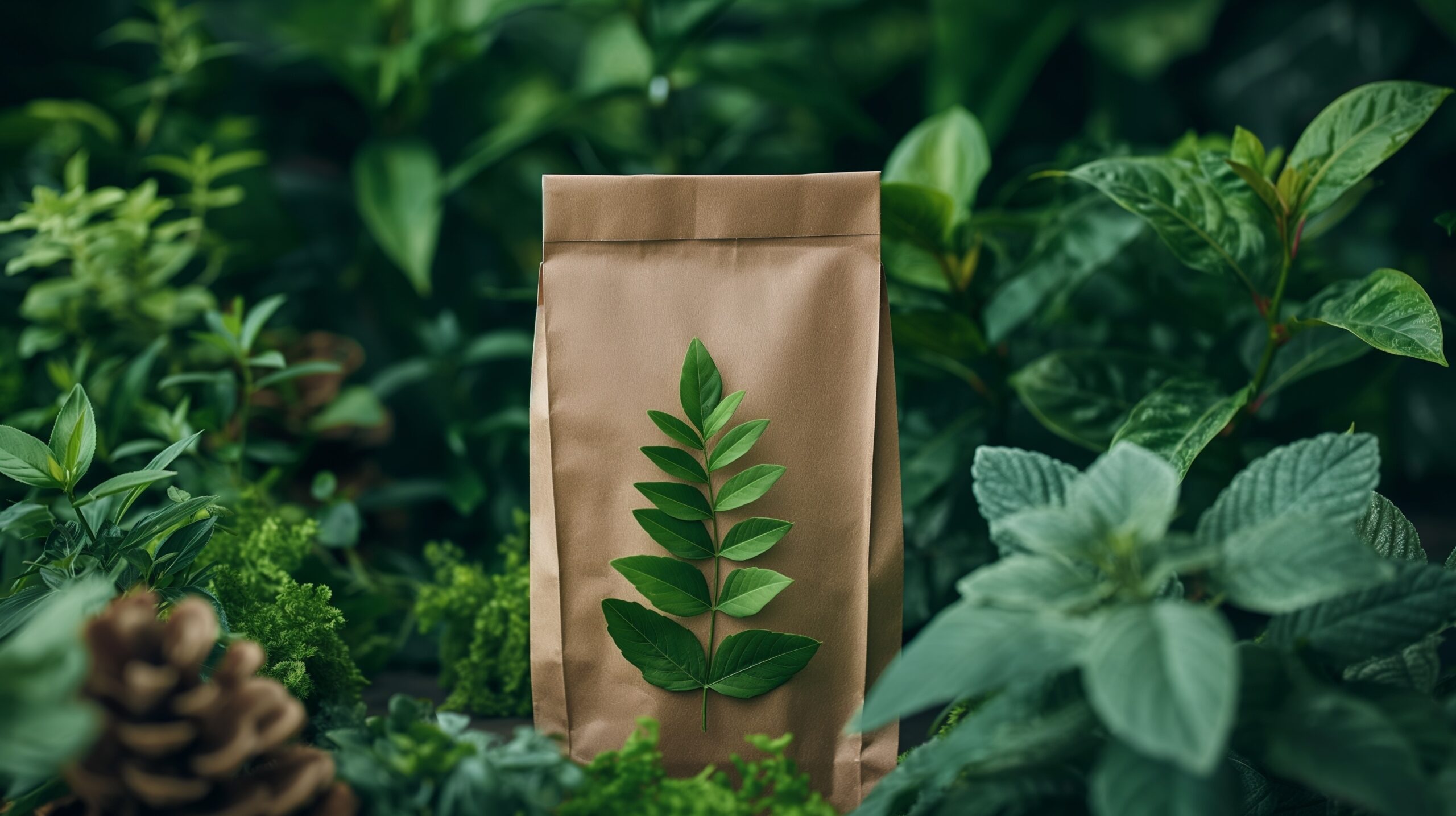
In The global re -packaging market is entering a period of significant transformationReady for Income in Hundreds of Million People between 2025 and 2034, due to urgency of environmental stability, rapid increase in e -commerce, and adopting advanced technologies, packaging is no longer a silent field for products that become an innovation axis, consumer experience and corporate responsibility.
Also Read: Sustainable Packaging Driving and Innovation Worldwide
Market at the intersection of sustainability and technology
The re -engineering packaging is more than redesign and is the basis for the basis of how to protect, transport products and deliver products. This includes material replacement, lightweight, recycling and composting, digital integration and logistics efficiency. Increasingly, global regulations, from disposable plastics to the manufacturer’s responsible guidelines, are redefining how their companies are packaged. At the same time, brands are pressured to coordinate with the circular economy, reduce carbon footprints, and provide conscious plans without endangering costs or performance.
Europe has the highest market share in 2024 thanks to advanced recycling systems and strong government -backed sustainability programs. However, the Asia -Pacific region is expected to appear as the fastest market in the next decade, which is driven by e -commerce boom and increasing demand for environmentally friendly and durable solutions for the transportation of fragile goods.
Packaging Types: From brand identity to logistics efficiency
Initial package in 2024 ruling outlookAs companies focused on distinguishing brand and consumer experience. Innovations include biological and recyclable materials, smart labels and personal designs. These updates increase the shelf life and increase safety, while also attractive to environmental customers.
Look forward, Secondary packaging set for the fastest growthEspecially by accelerating e -commerce. Reversible boxes, reusable pallets, and lightweight, yet durable layers are becoming procurement, stability and cost efficiency.
Materials: Plastic vs. bioplastic
Traditional plastics continue to share their biggest share because of their recycling and adaptability, especially in molds such as polypropylene and polyethylene. However, the fastest growth in bioplastic and composting materials is due to environmental regulation, consumer demand and innovation in flexible, Destructive packaging moldsHumans of the food and beverage industries are now using these other options to achieve sustainable goals.
Functions: Lightweight and Smart Packaging
Lightweight reduced volume without endangering performance is the most important stimulus of cost and stability. Still The future belongs to the smart packagingUsing QR, NFC and sensor technology, humans can now engage consumers through interactive experiences, provide real -time tracking, and enhance transparency in supply chains. These innovations marry by consumer interaction with performance and make packaging a powerful marketing tool.
Final Use Industries: Food Nutrition in Food and E -Commerce
The food and beverage sector claimed the biggest market share in 2024, which ensures safety and minimizes waste by increasing global consumption and packaging demand that increases shelf life. Innovation in sealing, printing, and destructive materials is transformed on how to deliver and consume food.
At the same time, e -commerce and Retail package Expected to grow with the fastest speed. With the increase in online shopping, the demand for light, protective and stable solutions has increased. From recycled plastics to innovative biological materials, the packaging is evolving to meet the needs of a digital retail landscape.
Market dynamics: Challenges and opportunities
The challenges remain despite moving. Companies face environmental and logistical barriers to performance balance, especially when moving towards compost and recyclable resources. The regulations are different in areas and adds complexity to global operations.
However, opportunities are abundant. Personalization, reusable models and digital printing provide new ways to communicate with consumers while strengthening stability. Increasing reusable and reusable packaging not only reduces waste but also opens new revenue streams and consumer loyalty opportunities.
The advantage of artificial intelligence in packaging innovation
Artificial intelligence is supposed to be a change in engineering re -packaging. AI accelerates the design of environmentally friendly solutions by analyzing structural integration, recycling, carbon footprint and analysis. It also strengthens the supplies, improves recycling processes, and predicts consumer preferences. Brands can use artificial intelligence to create packages that are both sustainable and in line with the evolving trend in the market and integrate efficiency with innovation.
Look
From European regulatory power to the growth of Asia -Pacific e -commerce, the re -packaging market is changing global supply chains. The focus is no longer only to protect products, but to reduce environmental effects, improve logistics and provide memorable consumer experiences. With artificial intelligence, digitalization, and sustainable materials that lead to the way, packaging becomes silent and at the same time a powerful future economy.
Source: https://www.towardspackaging.com/insights/rengineering-packaging-market-sizing
About the author
Vidyesh Swar is a senior research analyst on packaging and providing more than four years of special expertise in market intelligence and strategic analysis around the world of dynamic technologies and packaging solutions.